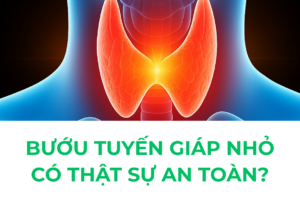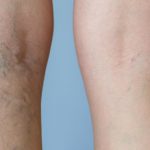Nguyên nhân khiến bướu cổ phát triển nhanh?
Bướu cổ là một trong những bệnh lý phổ biến những năm gần đây tại Việt Nam, trung bình mỗi năm trên cả nước có đến hàng triệu người mắc bệnh này. Tuy nhiên, không ít trường hợp khiến người bệnh hoang mang khi chỉ mới phát hiện trong vài tháng và đã lớn nhanh, [Xem thêm…]

















